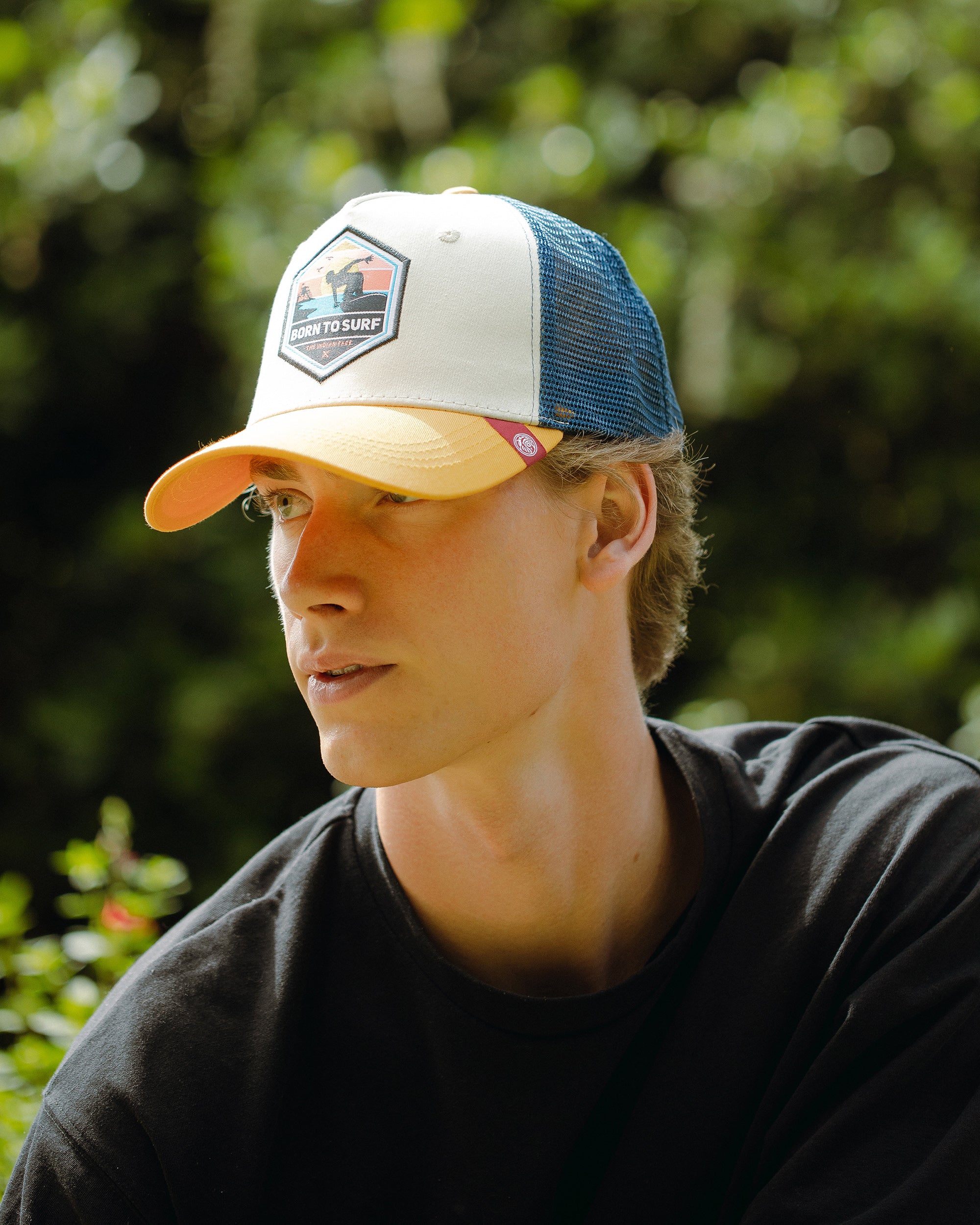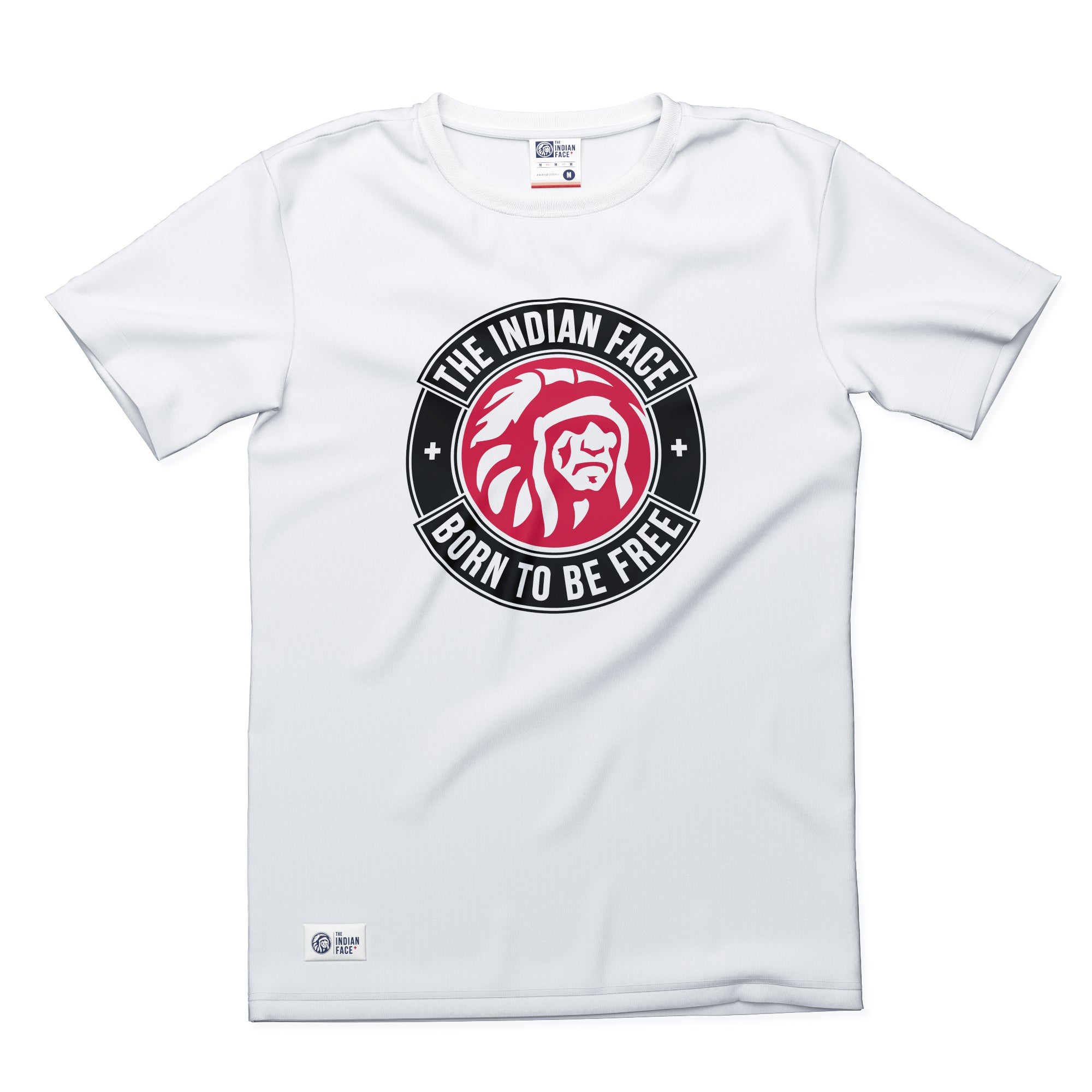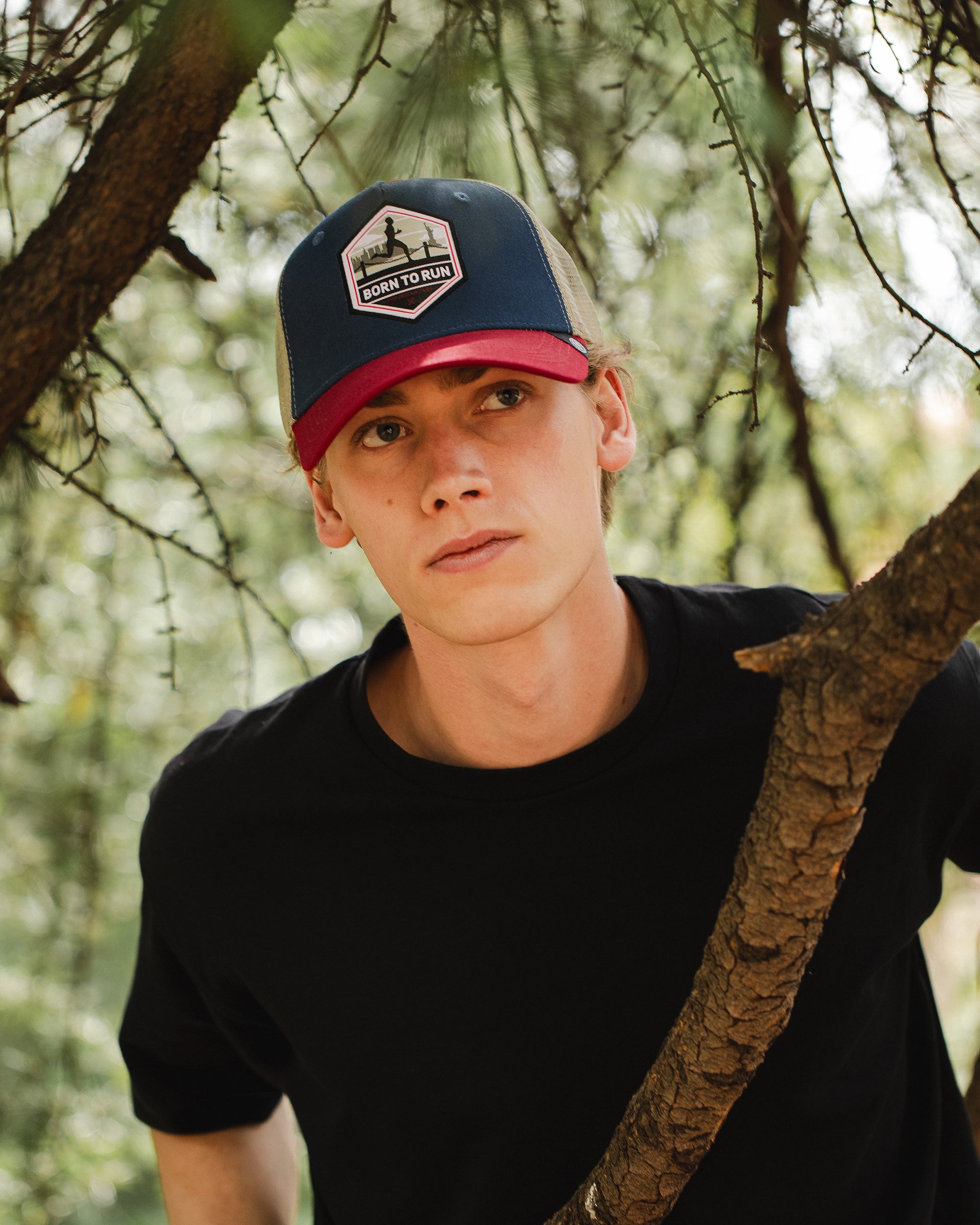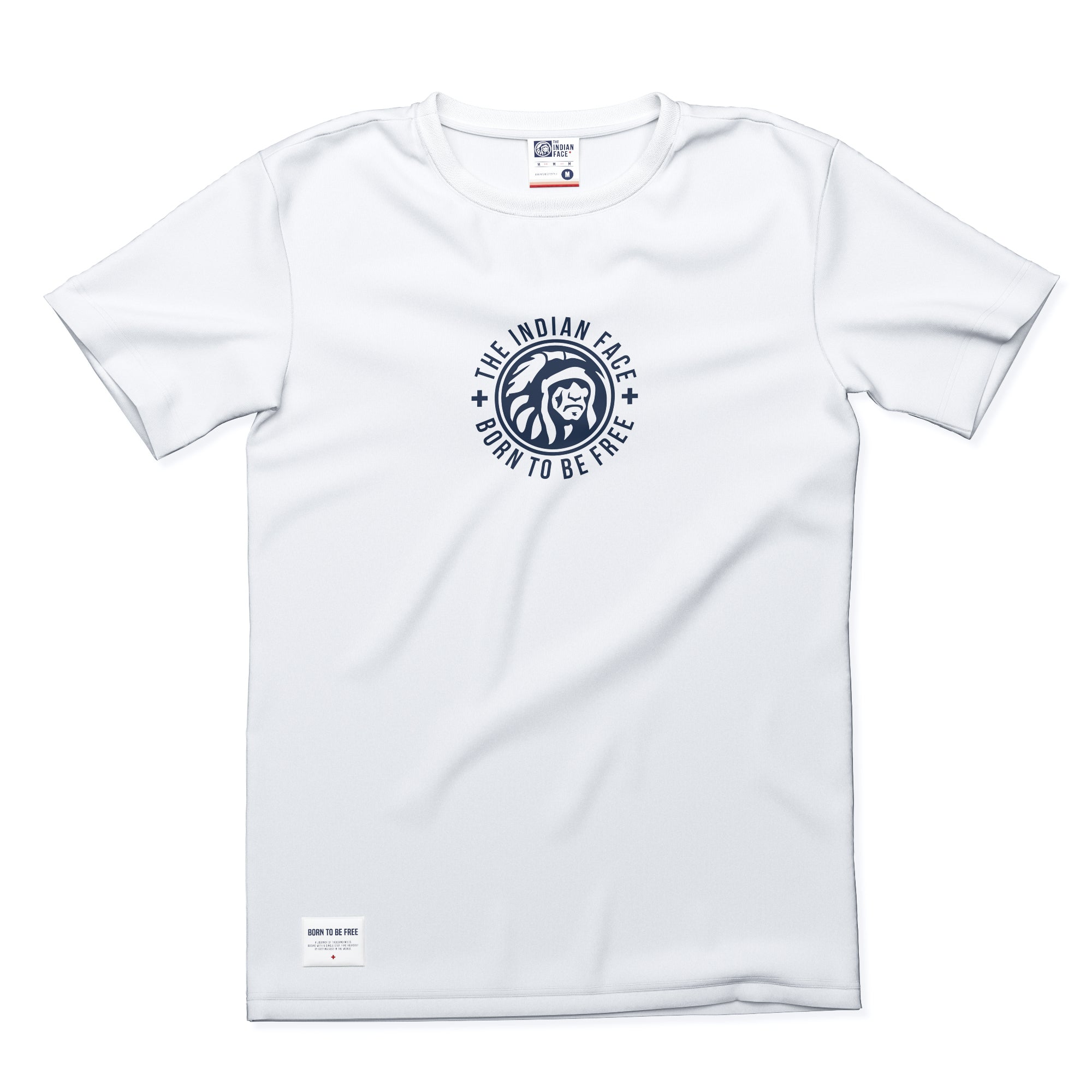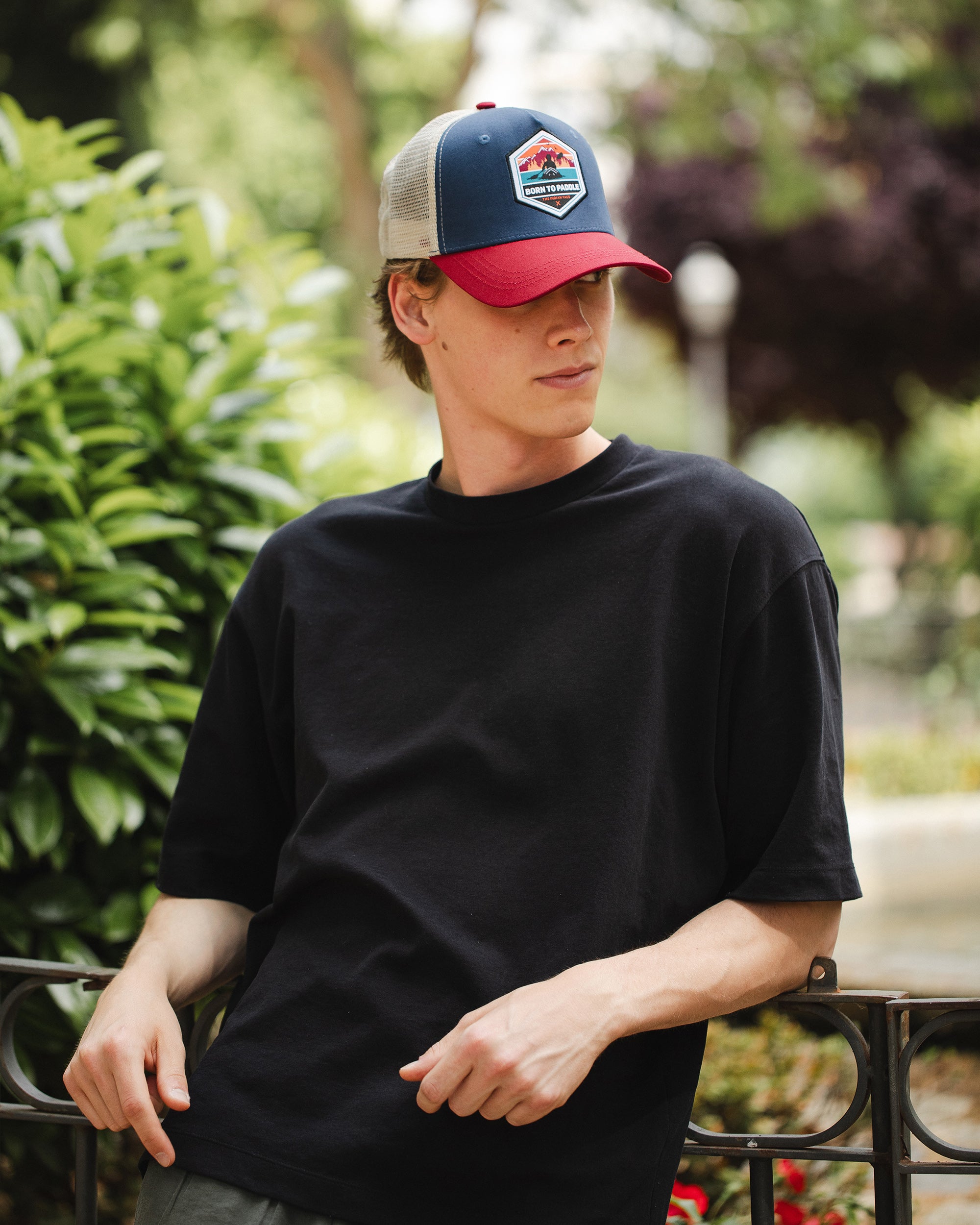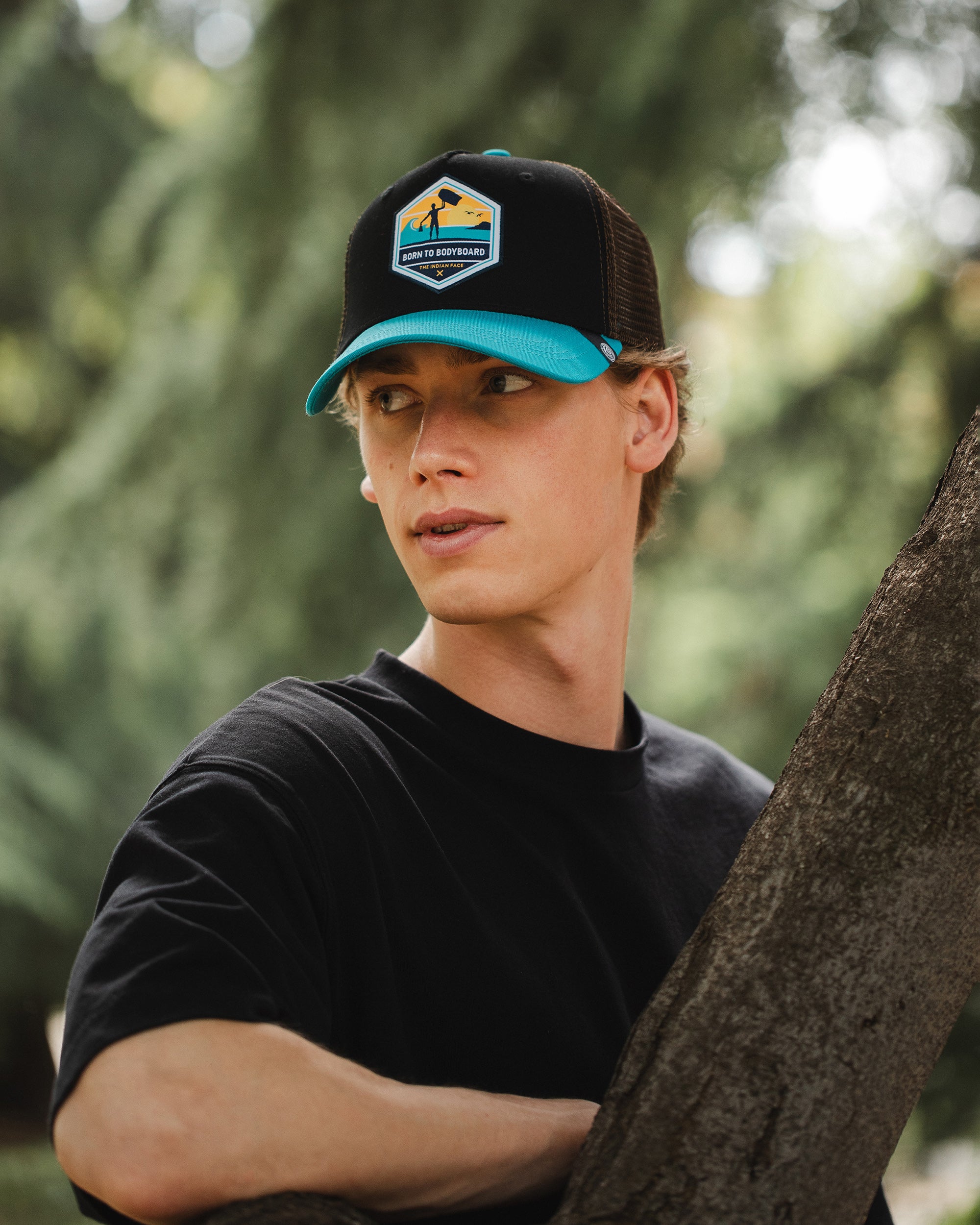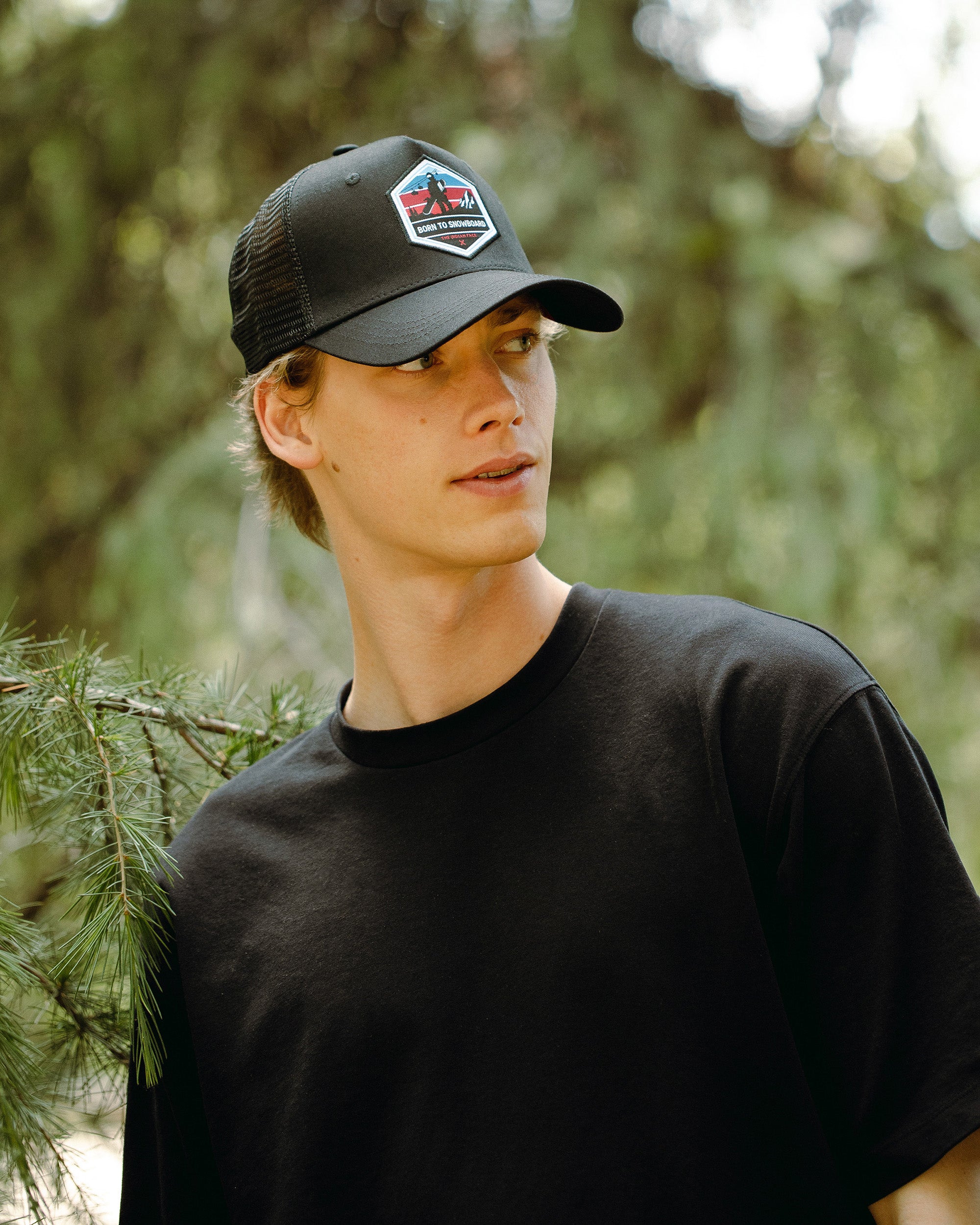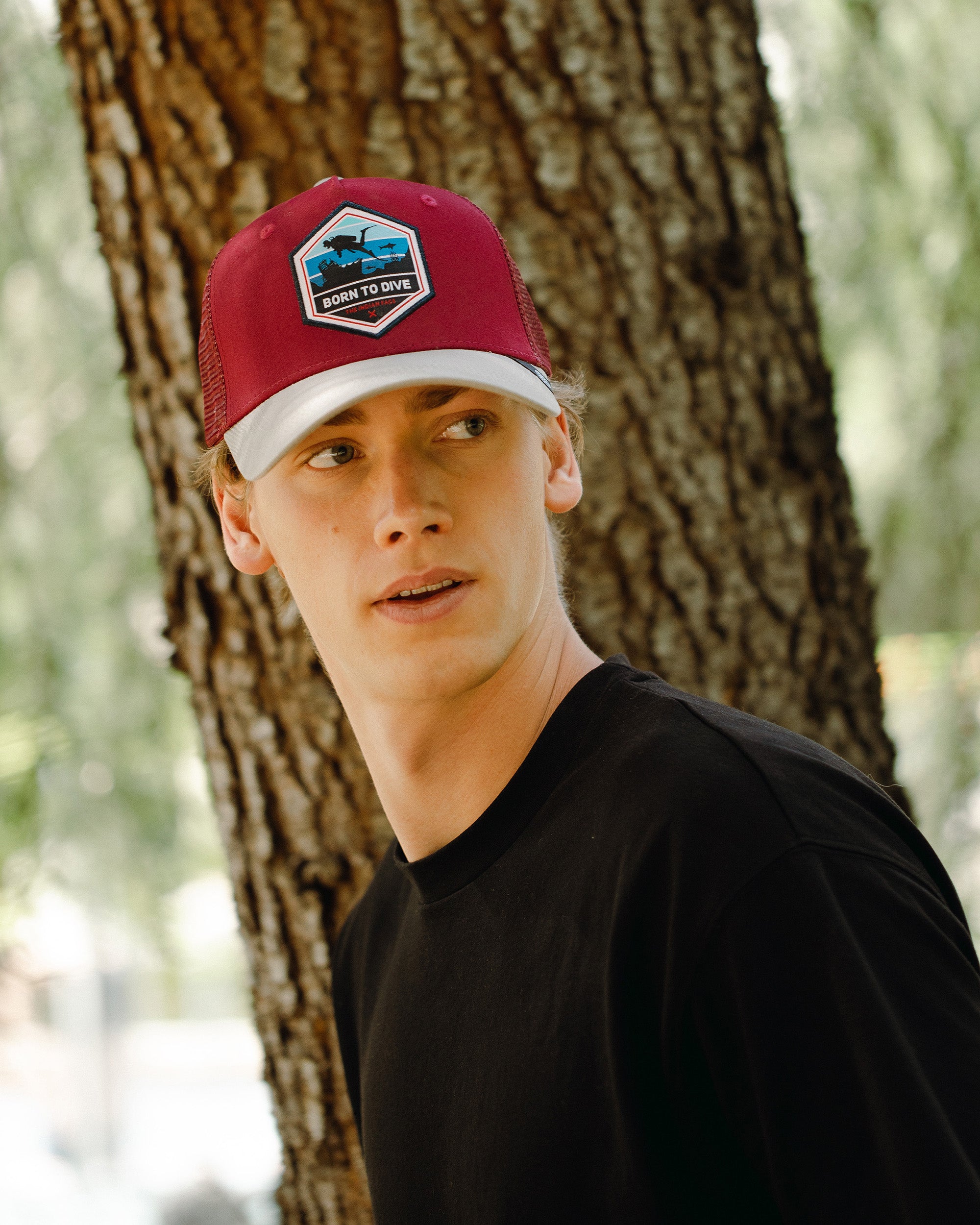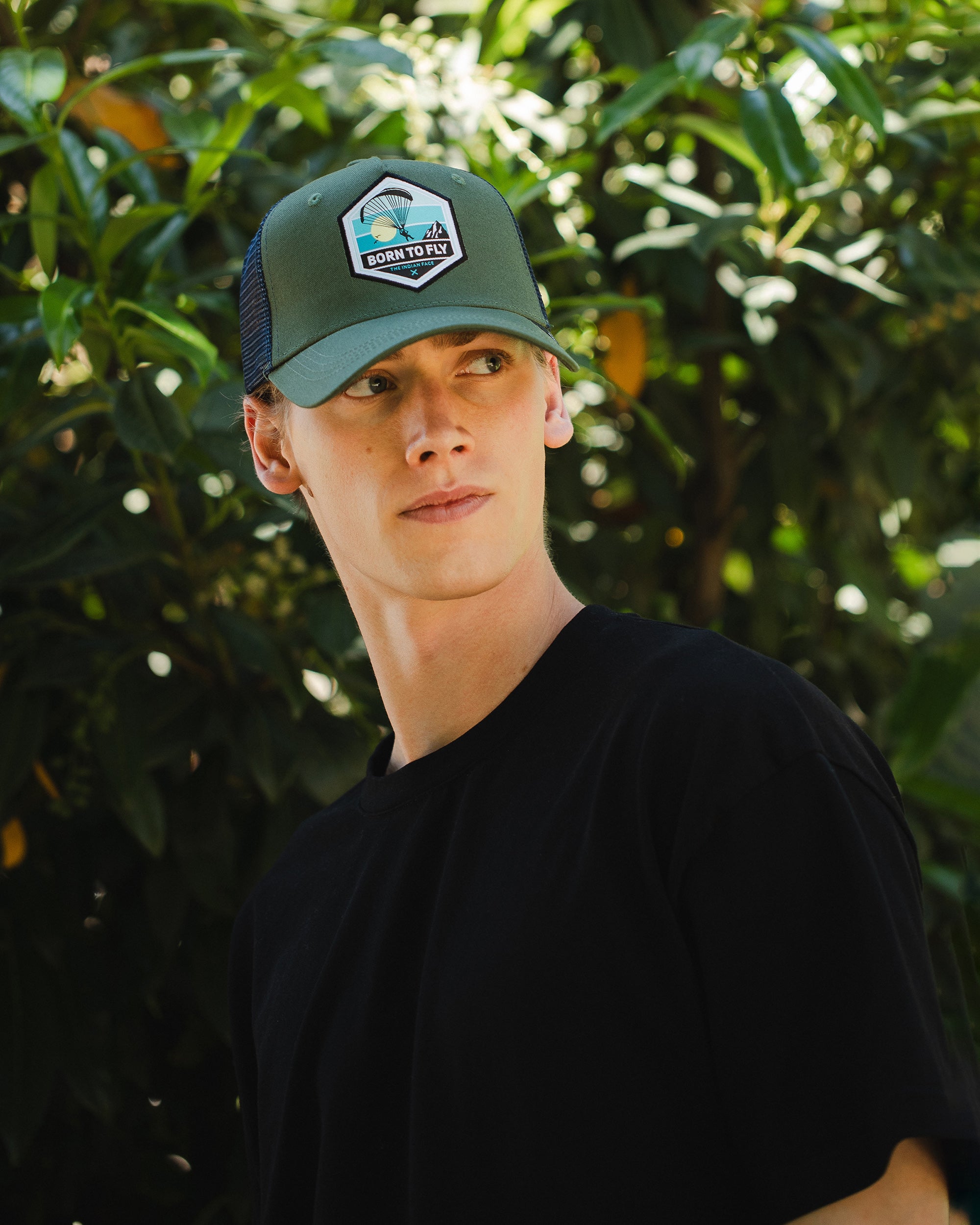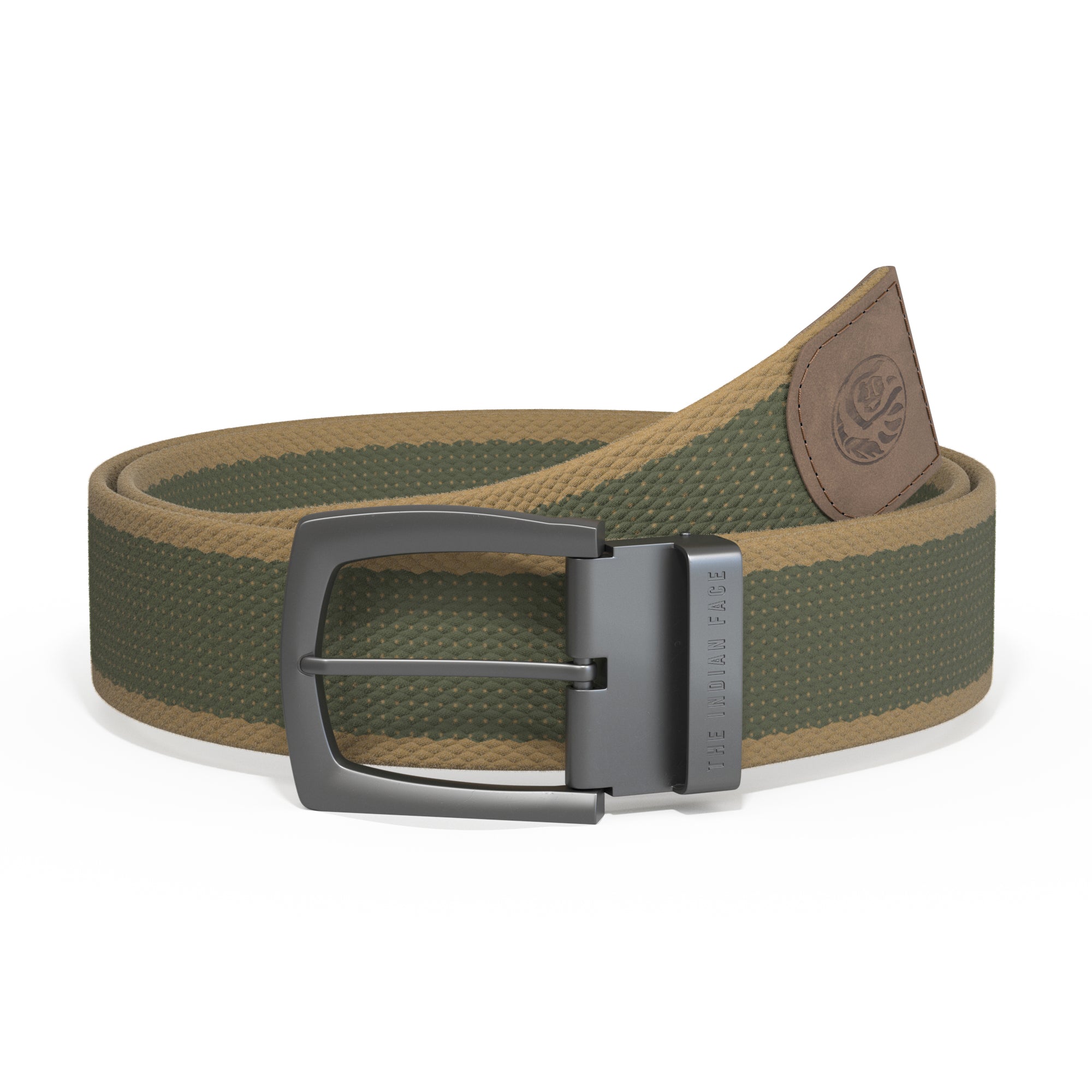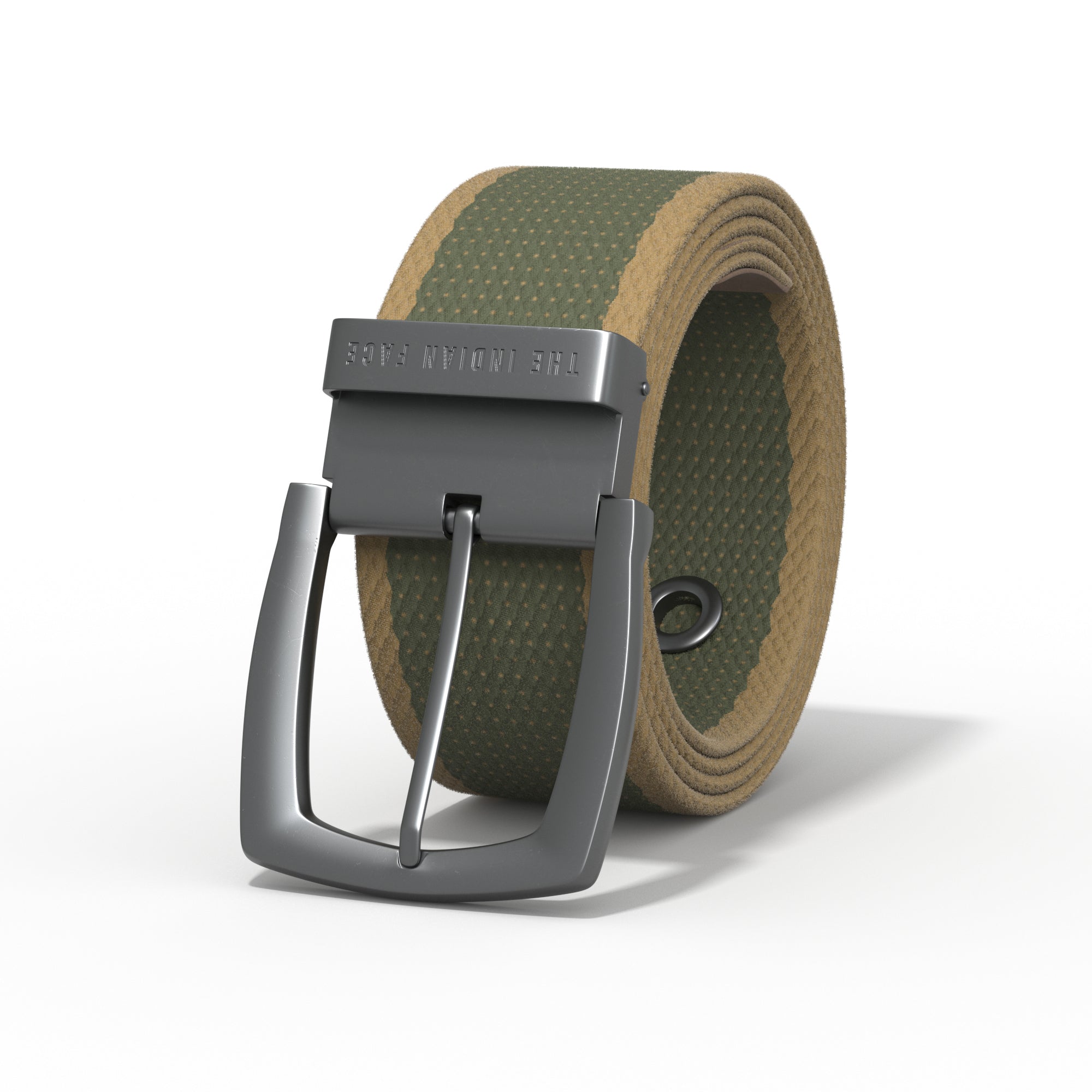There are many things about longboarding that we are passionate about: the maneuvers that characterize it, the speed they pick up or the versatility of the scenarios in which to practice it. Whatever it is, we love this sport. It is a very fun way to move around the city or along a promenade overlooking the beach, on asphalt... There are modalities for all tastes: carving (making turns to the left and right), downhill (going down steep roads), dancing (dancing on the board) … The longboarding universe is very wide, so today we are going to tell you the 10 things you need to know about the longboard!
1. HISTORY OF THE LONGBOARD
Who said that the longboard is a street fashion of recent years? The longboard was born at the end of the 50s. Surfers were looking for a way to have fun out of the water, for the days when there was not enough sea. They wanted to transfer surfing to the streets. As? For this they designed a kind of long wooden board and added some wheels to it, to which they called “sidewalk surfing”. If we think of a pioneer in this era, we must remember the name Jay Adams. This Californian was a revolution in the world of skateboarding and longboarding. He deserves another exclusive point for himself, so we'll tell you more about this legend later!

2. LONGBOARD ANATOMY
The design of the longboard is a mere version of the conventional skateboard. It differs in the length of the table, the width of the axles and the diameter and softness of its wheels. A longboard usually measures between 90 and 150 cm long and 20-25 cm wide, although these measurements depend on the modality you want to practice. In general, the more length, the more stability and greater inertia. Longboards can vary in shape and size (pintails, flat nose, top mount…), depending on the purpose: if you want to use it to do tricks, to go downhill, to drift…

3. MODALITIES OF THE LONGBOARD
We can call them longboard modalities or types of longboards, since in reality discipline and design go hand in hand. We summarize the main modalities that exist:
- Longboard carving
Carve means to turn, so it shouldn't be hard for you to figure out what it's about. Once on the board, quick turns are made from side to side, which makes you pick up speed without even having to pedal. It is the style closest to surfing and snow.

- Longboard downhill
Love speed? If what moves you is speed, this is your longboard. They are designed to go down roads at high speed, sometimes approaching 125 km/h. IMPORTANT! Wear helmet at all times.

- Longboard slalom
In two words: tradition and emotion. It is about dodging a row of cones at the highest speed.
- Longboard pool
In a pool, just as you hear it. It is practiced in swimming pools or bowls. Created by the Z-Boys in the seventies, it consists of going up and down walls doing tricks.
- Longboard sliding
She's been gaining a lot of fans lately. It is about skidding on wet surfaces. The wheels on these boards are harder for them to slip on the ground.
- Longboard dancing
Would you like to dance on a board? That is longboard dancing, dancing on a board taking steps forwards and backwards. Very popular in Japan and throughout Asia, we recommend it if you are good at balance.
- Electric Longboard
The latest in longboards. They have a motor that allows them to pick up speed when skating and they are controlled with a remote control.
4. BENEFITS OF LONGBOARDING
In addition to being a way to have fun and disconnect, longboarding brings you multiple benefits. We are going to give you 4 reasons to convince you to try longboarding:
- Fast means of transport. A longboard allows you to move around the city quickly, without having to use a car or public transport or wait for traffic jams.
- Improves physical fitness. Increases stamina, strengthens the heart, develops coordination and balance, more flexibility...
- It's cheap, you only need a table
- Perfect for any age
5. SHOULD I USE PROTECTIONS?
100%. Always carry the basics so that, in case you fall, the damage is less. By the basics we mean helmet, knee pads, elbow pads and gloves. Keep in mind that the board is unstable and the asphalt is not sand, so protect yourself as much as possible. Also, stay as far away from pedestrians, cars... and before you go skating, check the weather. Be realistic with your level, be in a hurry to skate through demanding places or do maneuvers for which you are not yet ready. You know, better safe than sorry.

6. BEST PLACES TO START IN THE LONGBOARD
Now that you have your longboard, all you have to do is go out. If this is your first time, we recommend that you look for places that are less crowded, so that you can skate more freely, reducing the risk of accidents. Notice that it is a flat space, with little slope and little asphalt. If you want to try something different, why not go to a skatepark? Skating in a skatepark with friends is great fun. If you prefer to go alone, one option that amazes us is to go along the promenade on a longboard. Of course, this is only for the privileged people who live on the coast.

7. BASIC MOVEMENTS OF THE LONGBOARD
Okay, first of all, are you goofy or regular? You will have to know this to get on the table for the first time. If you already know, we explain the basics of movements:
- Impulse
The front foot is placed at the height of the axes, and with the back foot we will propel ourselves, changing the weight of the body.
- Twist
To do this, you will have to shift your body weight from your heels to the tips of your feet, while turning your hips.
- Braking
At the moment you will only need to control the most basic, the primitive braking. Place your back foot close to the ground and gradually bring it closer to the ground, allowing the longboard to skid, keeping your body weight on the front foot at all times.
8. MAINTENANCE AND CARE OF THE LONGBOARD
Now that you finally have your longboard, you want it to last as long as possible. It is essential to take care of it. We are going to give you several very simple tips, they will not cost you anything and your board will thank you.
- Store in a dry place
- Check for splinters, and if they do, sand them down
- Avoid using it in extreme temperatures or water
- Check that the screws and nuts are well adjusted to the axles, as well as the pads
- Clean the bearings frequently, they tend to accumulate dirt

9. JAY ADAMS, THE FATHER OF THE LONGBOARD
We promised to tell you who Jay Adams was and here we are. Talking about Jay Adams is talking about the father of skateboarding and longboarding. In the seventies, it was a real revolution. In those years, there was a dry season in California and the pools were empty. He had an idea that would be the seed of what today is the longboard pool: skating in swimming pools. He was a surfer and just tried to roller surf. This longboard legend has left us a lot. Among his most famous phrases, there is one that we identify with and that is why we want to remember it: “You don't stop skating because you get older, you get older because you stop skating”. Surfing, but even more skateboarding, was his great love, and Jay used to sign all his letters with: "Jay Adams, 100% Skateboarder for life".

10. BUYING A LONGBOARD
Are you thinking of buying a longboard? The prices of a longboard can vary considerably, from 100 euros to more than 400, depending on the brand you choose and also on the accessories. Before you start looking, you will have to know what type of longboard you are going to practice. Dancing longboards are usually the most expensive, due to their size and bamboo material. It is more important to take into account the quality of the board than the brand, do not be blinded by a beautiful design or by being an international brand.
Do you also want an accessory? We recommend 4 accessories that will solve your life:
- Foot-stops
Small pieces that are glued to the board to keep the foot fixed. They work as an extra security.
- Nose/tyle guards
Protectors located on the front and rear of the board so that, in the event of a fall, it does not break.
- Risers/elevators
Plastic pieces arranged between the axis and the table to gain height.
- Shock pads
They do the same as the risers but with a plus: they are excellent shock absorbers.

What are you waiting for to try longboarding? You will love it and you will have a great time. Do not wait any longer and go out, everything will go smoothly.
QUESTIONS AND ANSWERS
- HOW WAS THE LONGBOARD BORN?
The longboard was born at the end of the 50s. Surfers were looking for a way to have fun out of the water, for the days when there was not enough sea. Wanting to bring surfing to the streets, they designed a kind of long wooden board and added some wheels to it, which they called “sidewalk surfing”.
- WHAT IS A LONGBOARD LIKE?
The design of the longboard is a version of the conventional skateboard. It differs in the length of the table, the width of the axles and the diameter and softness of its wheels. Longboards can vary in shape and size depending on the purpose: if you want to use it to do tricks, to go downhill, to drift…
- HOW LARGE IS A LONGBOARD BOARD?
A longboard usually measures between 90 and 150 cm long and 20-25 cm wide, although these measurements depend on the modality you want to practice.
- WHAT ARE THE MODALITIES OF LONGBOARDING?
For each longboard discipline there is a specific table. These are the longboard modalities: longboard carving, which consists of turning from side to side; longboard downhill , to go down roads at high speed; longboard slalom, dodging a row of cones; longboard pool, skating in a pool or bowl; longboard sliding, it's about drifting on wet surfaces; longboard dancing, dancing on a board taking steps forwards and backwards and, finally, electric longboard, with a motor that allows you to pick up speed.
- IS IT NECESSARY TO WEAR PROTECTION ON THE LONGBOARD?
100%. Always carry the basics so that, in case you fall, the damage is less. With the basics we mean a helmet, knee pads, elbow pads and gloves.
- WHAT TO CONSIDER WHEN BUYING A LONGBOARD?
If you want to buy a longboard, take several factors into account: the discipline you are going to practice, the quality of the board and the accessories.
- WHO WAS JAY ADAMS?
Jay Adams was the father of longboarding and skateboarding. In the 1970s, during a dry season in California, he came up with the idea of surfing on empty swimming pools. This is how the longboard pool would be born.





